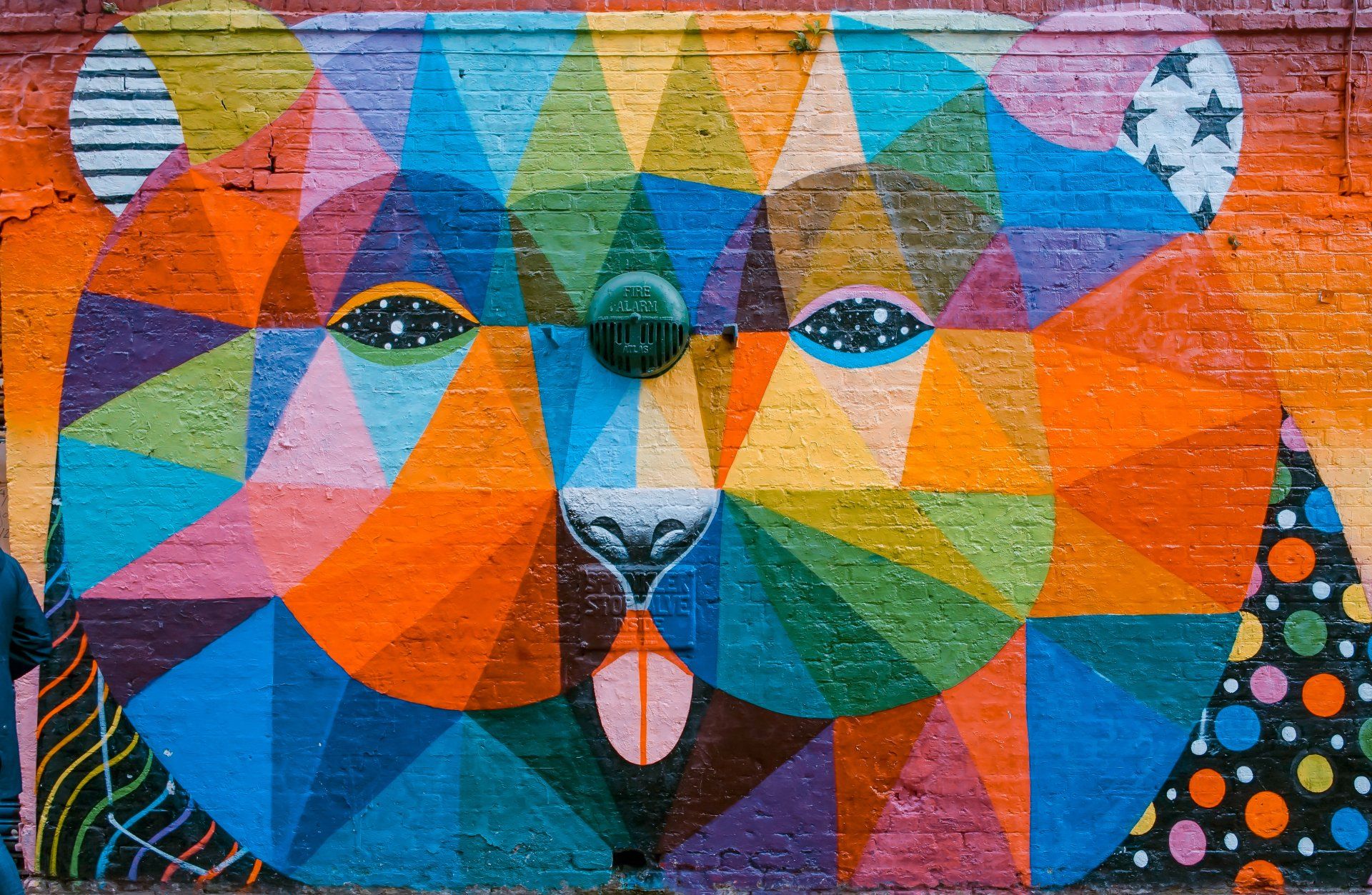Murals in Education: Transforming Learning Environments
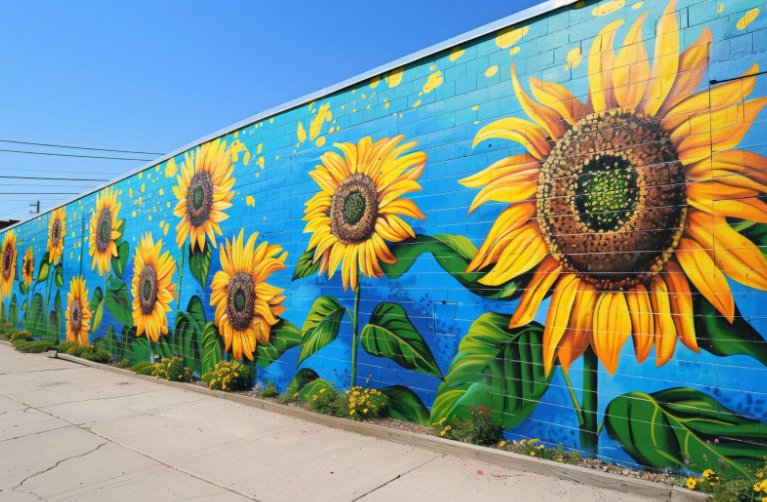
In today's rapidly evolving educational landscape, creating engaging and inspiring spaces is more crucial than ever. Murals, with their vibrant colors and imaginative designs, offer a unique way to transform learning environments, making them more inviting and stimulating for students.
The Power of Murals in Education
Murals have long been recognized as powerful tools for transforming spaces, and their role in educational settings is particularly significant. Visual art in schools can enhance the learning environment, creating a more engaging and inspiring space for students. Murals, with their colorful and imaginative designs, can positively influence students' mood and motivation. The presence of murals in schools serves as a non-verbal form of communication, allowing for expression and creativity in ways that words may not always capture.
Historical Perspective of Murals in Education
Murals have been used in educational settings since the early 20th century, often reflecting societal values and pedagogical trends of the time. Early examples include murals in public schools during the New Deal era, which aimed to make art accessible and relevant to all.
Psychological Benefits of Murals
Studies have shown that exposure to art can reduce stress and anxiety, which can be particularly beneficial in high-pressure academic environments. The presence of murals can create a calming atmosphere, positively impacting students' mental well-being and academic performance.
Murals as a Medium for Student Voice
Murals can serve as a platform for students to express their thoughts, concerns, and aspirations. Through collaborative projects, students can convey messages about social issues, school values, or personal narratives, fostering a sense of ownership and belonging.
The Role of Murals in Early Childhood Education
In early childhood settings, murals can contribute to cognitive development by providing visual stimuli and aiding in color recognition, shape identification, and language development through storytelling.
Color and Shape Recognition: Murals featuring a variety of colors and shapes can aid children in identifying and differentiating these elements, which are foundational skills in early education. Bright colors and simple shapes can capture the attention of young children and promote visual learning.
Language Development: Murals can incorporate elements of storytelling or feature characters that children relate to, helping expand vocabulary and comprehension. Teachers can use murals as prompts for storytelling sessions, encouraging children to describe what they see and create narratives based on the imagery.
Emotional and Social Development: Murals depicting themes of cooperation, friendship, and diversity can teach children important social values. They provide a visual representation of social interactions, helping children understand and discuss concepts like empathy, sharing, and teamwork.
By integrating murals into early childhood education settings, educators can create rich, interactive environments that support holistic development. These visual tools not only make learning enjoyable but also help establish a love for art and learning that can last a lifetime.
Stimulating Creativity and Collaboration
Murals can stimulate creativity among students by serving as both inspiration and a hands-on learning experience. Involving students in the creation of murals allows them to engage with art on a deeper level, fostering creativity and collaboration. This process not only enhances artistic skills but also encourages critical thinking and problem-solving. Schools across Texas have successfully integrated student-created murals into their curriculum, providing students with an opportunity to leave a lasting mark on their educational environment.
Reinforcing Educational Content
Incorporating murals into the learning experience can make education more engaging and memorable. Murals can be designed to align with various subjects, reinforcing educational content through visual storytelling. For instance, a mural depicting historical events can help students visualize and understand complex narratives. Similarly, murals illustrating scientific concepts can make abstract ideas more tangible. Several schools in Texas have used thematic murals to enhance learning, demonstrating the effectiveness of this approach.
Promoting Cultural Appreciation
Murals also play a crucial role in promoting cultural appreciation within schools. They can reflect and celebrate the diverse cultural backgrounds of the school community, fostering inclusivity and understanding. By depicting cultural history and heritage, murals can serve as educational tools that enrich students' knowledge and appreciation of different cultures. In Texas, schools have embraced culturally themed murals to create a more inclusive environment, highlighting the state's rich cultural diversity.
Transforming Spaces Across Texas
Texas is home to numerous educational murals that have transformed learning spaces. These murals, found in schools and libraries across the state, often feature themes that resonate with students and educators alike. The impact of these murals extends beyond aesthetics, contributing to a more dynamic and interactive educational experience.
Practical Tips for Educators
For educators considering the addition of murals to their schools, several practical tips can ensure a successful implementation. Planning and collaboration with artists and students are essential to create a mural that reflects the school's values and goals. Budgeting and securing funding are also crucial steps in the process. Various grants and community programs can provide financial support for educational murals, making them accessible to schools with limited resources.
Addressing Challenges
Despite the many benefits, educators may face challenges when implementing murals. Space limitations and maintenance are common concerns that need to be addressed. Selecting appropriate themes and styles that align with educational objectives is also important.
The Future of Murals in Education
Looking to the future, murals in education are likely to evolve with emerging trends and technologies. Interactive and digital murals offer exciting possibilities for creating dynamic and engaging educational tools. As technology continues to advance, murals may incorporate elements such as augmented reality, providing students with immersive learning experiences. The potential for murals to inspire creativity and foster community engagement remains strong, making them a valuable asset in educational settings.
Murals offer a transformative potential in educational settings, enriching the learning experience through creativity, engagement, and cultural appreciation. As schools continue to explore innovative ways to inspire students, murals stand out as a versatile and impactful tool. By incorporating murals into educational environments, schools can foster a sense of community, encourage expression, and create spaces that truly resonate with students.
For those interested in exploring the transformative power of murals in educational settings,
contact Murals by Becka today. Serving Austin and the entire state of Texas, we specialize in creating custom murals that inspire imagination and celebrate expression.
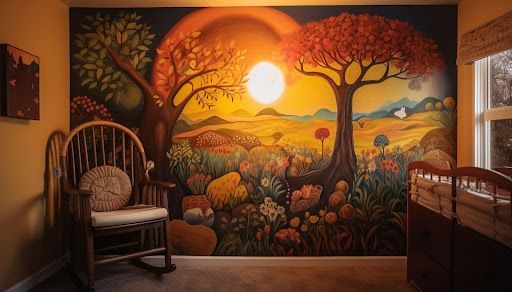

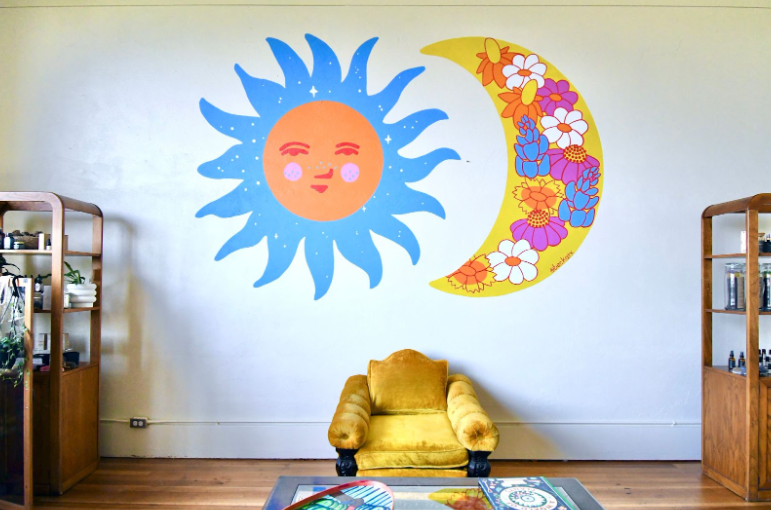
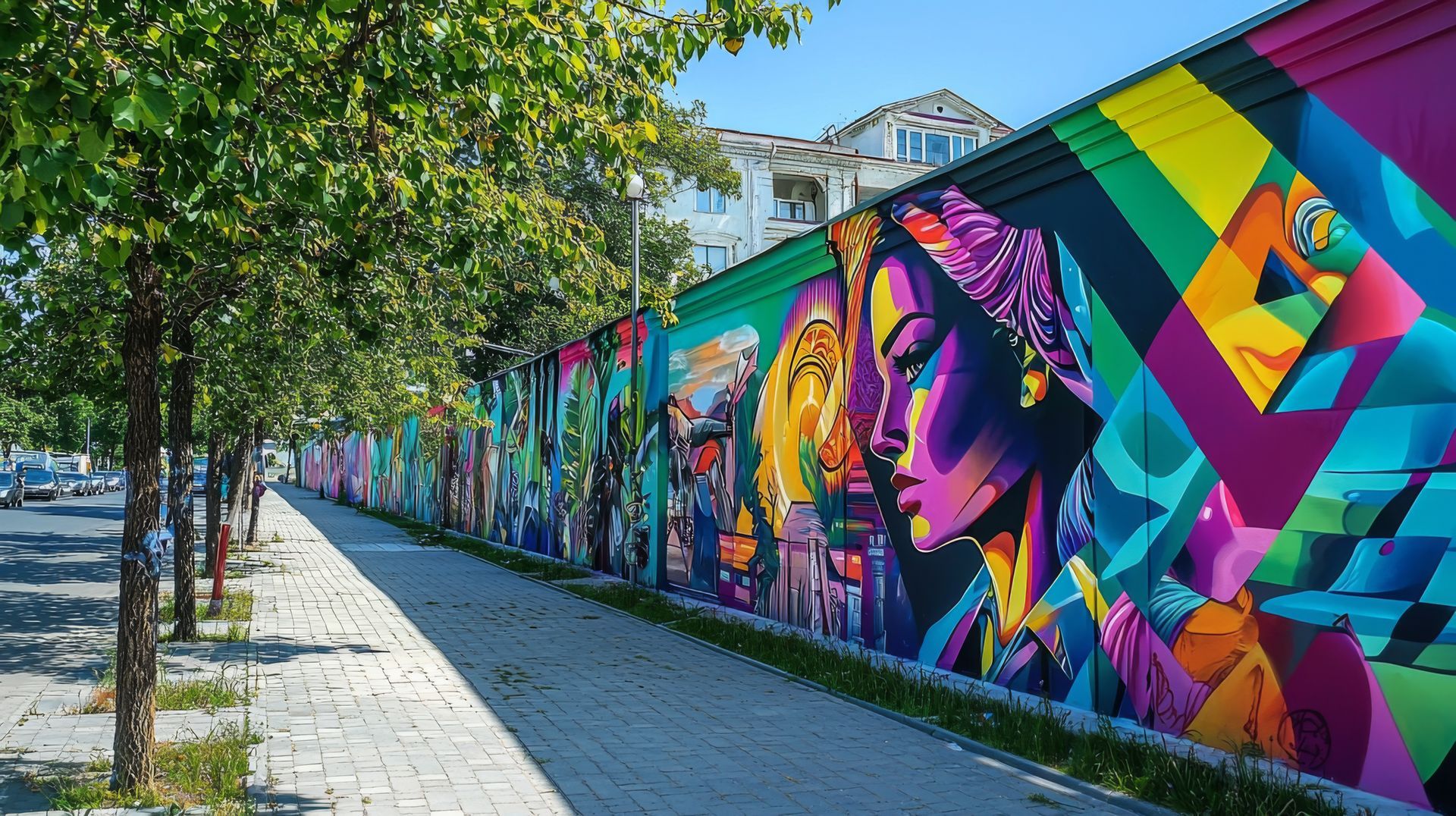
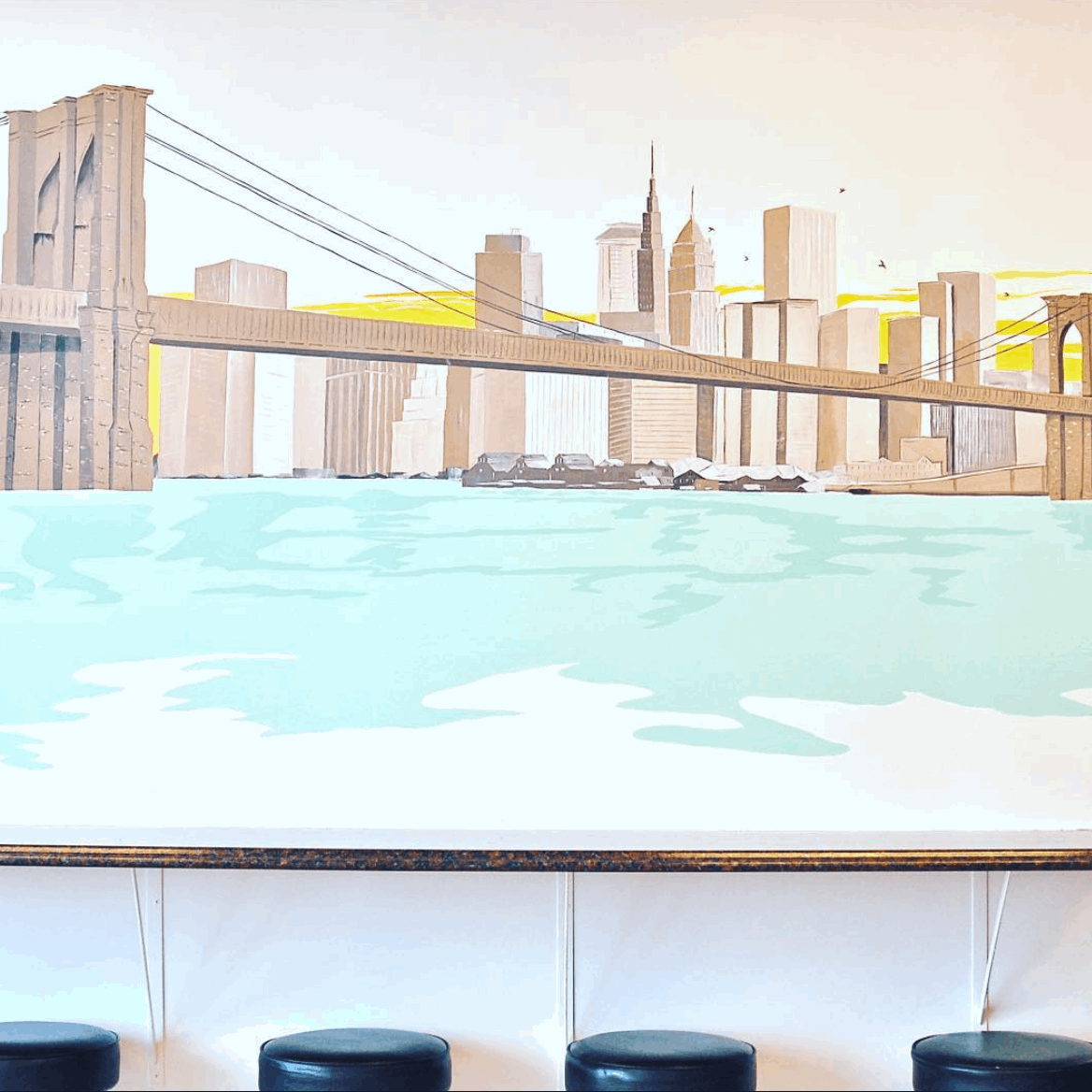
Let's talk about your project
Contact Us - Header Footer
We will get back to you as soon as possible.
Please try again later.





